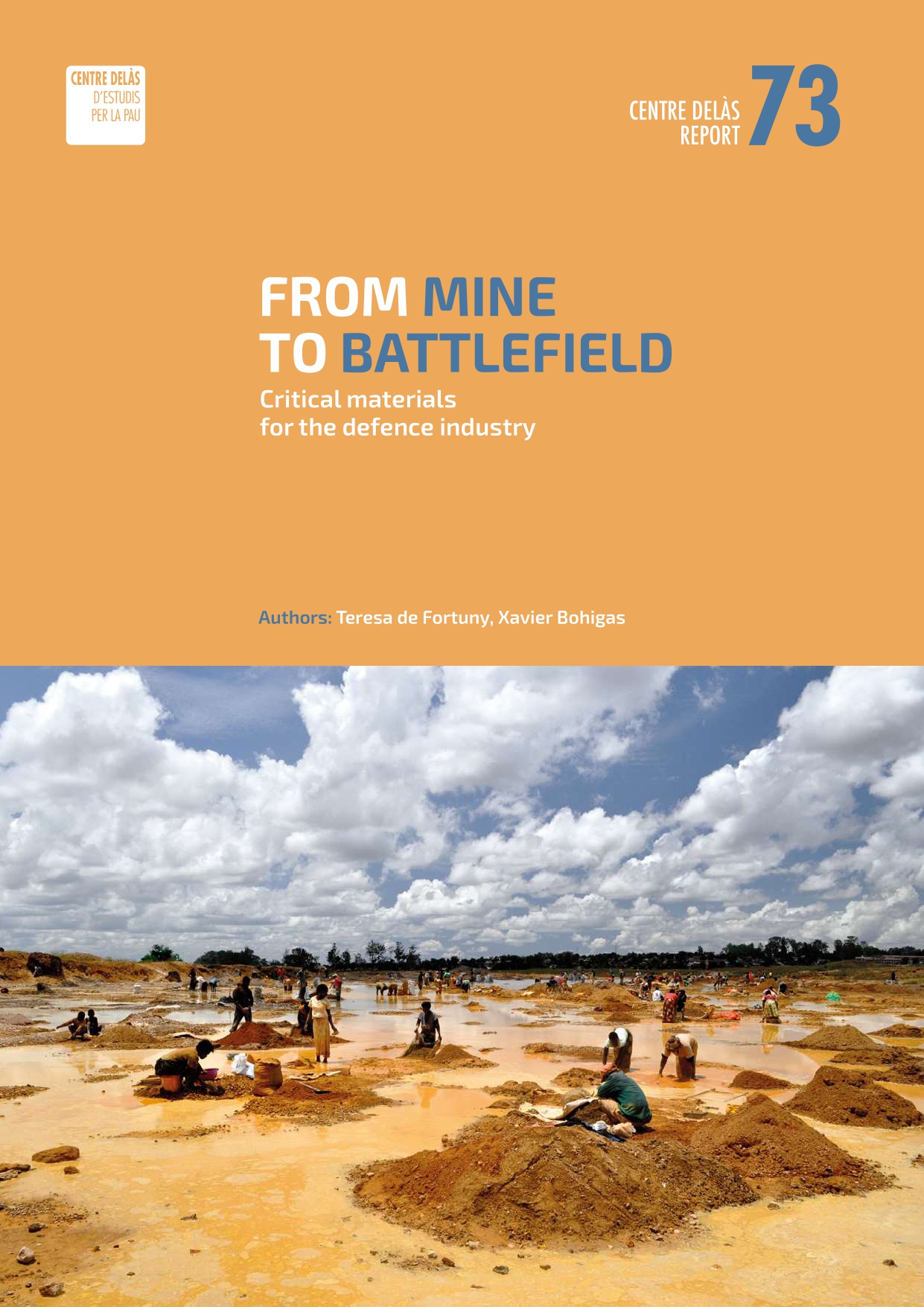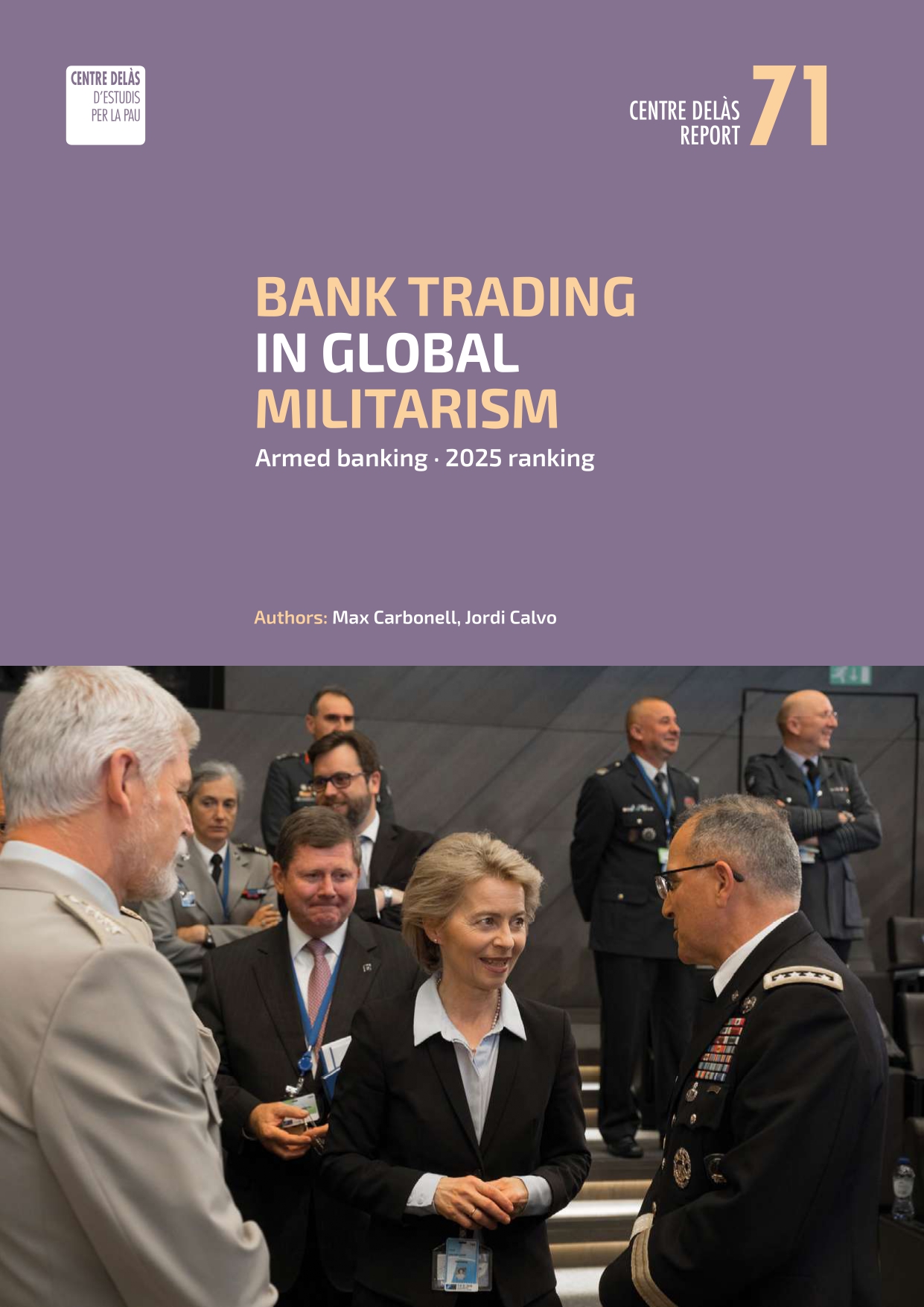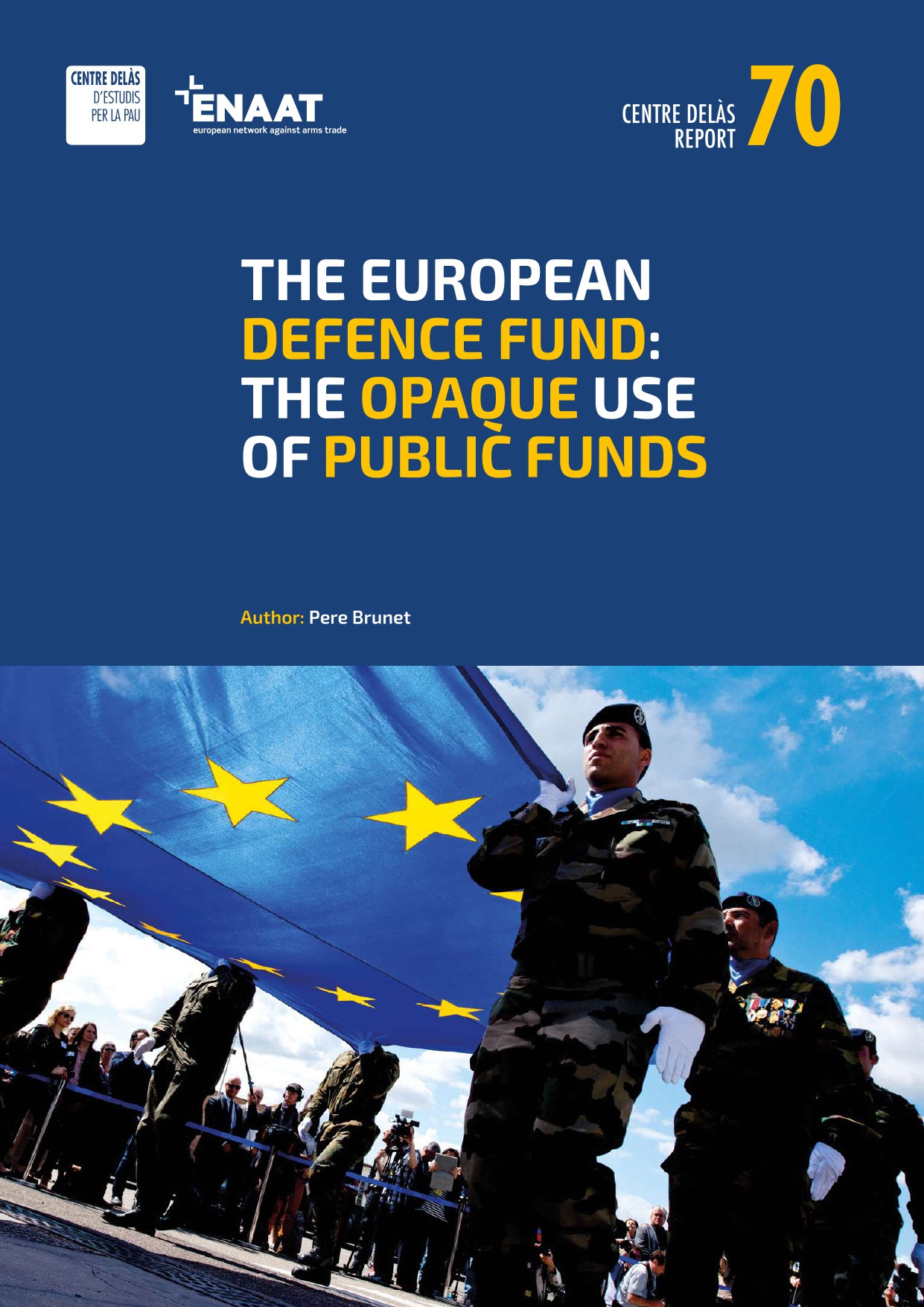30 years after the fall of the Berlin wall, why are there are more walls than ever?
Thirty years after the fall of the Berlin Wall, Europe is once again known for its border walls. This time Europe is divided not so much by ideology as by perceived fear of refugees and migrants, some of the world’s most vulnerable people. Who killed the dream of a more open Europe? What gave rise to this new era of walls? There are clearly many reasons – the increasing displacement of people by conflict, repression and impoverishment, the rise of security politics in the wake of 9/11, the economic and social insecurity felt across Europe after the 2008 financial crisis – to name a few. But one group has by far the most to gain from the rise of new walls – the businesses that build them. Their influence in shaping a world of walls needs much deeper examination. Out latest report explores the business of building walls, which has both fuelled and benefited from a massive expansion of public spending on border security by the European Union (EU) and its member states. Some of the corporate beneficiaries are also global players, tapping into a global market for border security estimated to be worth approximately €17.5 billion in 2018, with annual growth of at least 8% expected in coming years. tni.org/businessbuildingwalls





